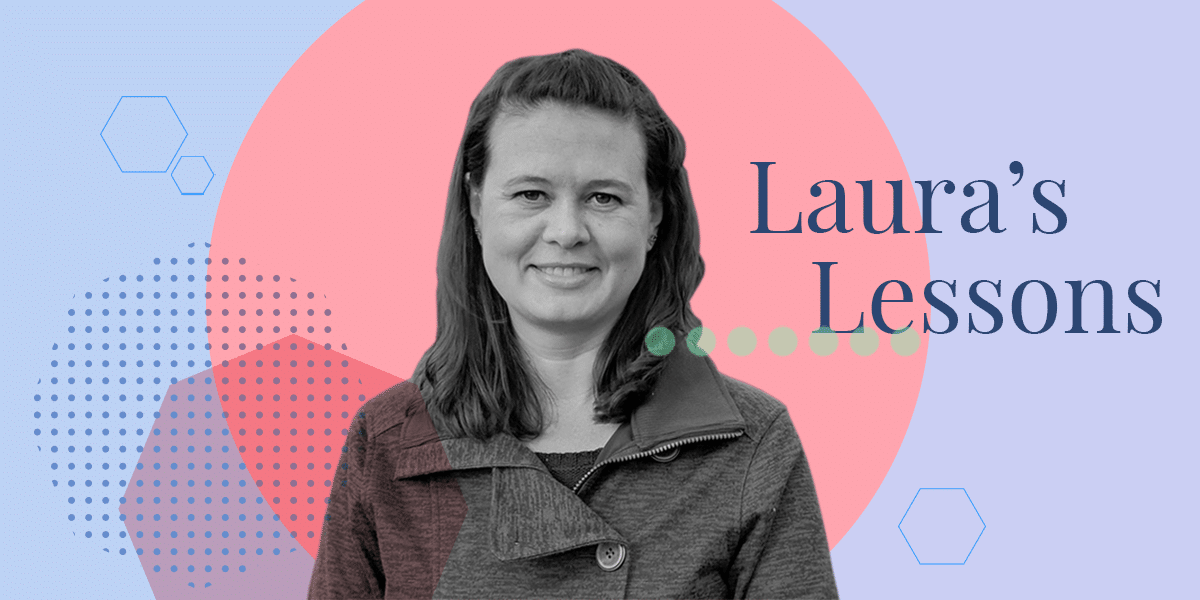How to Make Your Writing Parallel, and Why You Should

This month I’m tackling parallelism, or parallel construction. When things are parallel, they go in the same direction equally distant from each other. This applies to grammar because we want our words to be formatted similarly (such as in the same tense) for readers to easily digest the information. We want to keep sentences parallel.
What does this mean?
I prefer studying inside and to use my pediatric Qbank app.
That sentence sounds weird. Why? Because the verbs (study, use) aren’t parallel—they’re not in the same form or tense. We have “studying” (the present participle of “to study”) and “to use” (the base form of the verb “use”). Once we match up the tenses, the sentence will flow much better.
I prefer to study inside and to use my pediatric Qbank app.
Not ideal, but it works.
I prefer studying inside and using my pediatric Qbank app.
Clear and easy to understand!
Parallelism doesn’t just refer to verbs:
Studying for my family medicine in-training exam goes much better when I have quiet music, healthy snacks, and my sweats.
This one doesn’t sound too bad right off the bat: we clearly understand what I like to have while studying. But the sentence is a little unbalanced. We have some adjectives qualifying the first two items in the list (quiet and healthy), but no adjective with “sweats.”
Studying for my family medicine in-training exam goes much better when I have quiet music, healthy snacks, and my comfortable sweats.
Those are pretty basic examples. Let’s take a look at how parallelism comes into play in lists:
Dupuytren disease is a benign fibroproliferative disorder in which a nodule forms in the palmar fascia, progresses to form diseased cords, and eventually digital flexion contractures.
Did you have to reread this sentence? It’s probably because we need some parallelism. There are different ways to go about clarifying this sentence. As currently written, we know three things about the nodule, as denoted by the commas:
- Forms in the palmar fascia
- Progresses to form diseased cords
- Eventually digital flexion contractures
What do the first two points have in common that the third doesn’t? The first two start with a verb in the present tense (forms & progresses). To make the list parallel, the third item should also begin with a verb in the present tense. Here’s one way this sentence could be rewritten for parallelism:
Dupuytren disease is a benign fibroproliferative disorder in which a nodule forms in the palmar fascia, progresses to form diseased cords, and eventually causes digital flexion contractures.
Now our list is parallel. The nodule does three things:
- Forms in the palmar fascia
- Progresses to form diseased cords
- Causes digital flexion contractures
This is just one way this sentence could be rewritten. Because the third item in the list (digital flexion contractures) is reliant on the second (the diseased cords, which eventually become digital flexion contractures), we could write the sentence another way and still maintain parallelism:
Dupuytren disease is a benign fibroproliferative disorder in which a nodule forms in the palmar fascia and progresses to form diseased cords and eventually digital flexion contractures.
I didn’t even use any commas!
Now the nodule forms and progresses to diseased cords and contractures. Everything is parallel!
Keep parallelism in the back of your mind while you’re writing. Parallel writing makes things much more straightforward for your readers, which reduces the chance that they’ll reread a sentence and try to make sense of it.
Here are Laura’s most recent lessons:
Why Is Comma Usage so Confusing? Tackling Commas and Conjunctions
How to Choose Between I.E. and E.G.
How to Easily Remember Affect vs Effect





Comments (0)